#146: Gliophorus psittacinus, the Parrot Mushroom
This is a beautiful little waxcap that displays one of the most striking color changes of all mushrooms. Gliophorus psittacinus is easily identified by its slimy texture and bright green color that becomes yellow as the mushroom matures. Because the color fades, older specimens are easily confused with the many other yellowish waxcaps. For easy identification of this mushroom, you really need to find young specimens that are still green and slimy. As with other waxcaps, the flesh has a texture reminiscent of candle wax. However, you’re more likely to notice the substantial slimy coating over the cap and stalk, which obscures the texture of the thin flesh. Because of its initial bright green color (which one might term “parrot green”), G. psittacinus is commonly called the “Parrot Mushroom” or “Parrot Waxcap.” Indeed, the root word in its specific epithet means ‘parrot’ in both Latin and Greek.

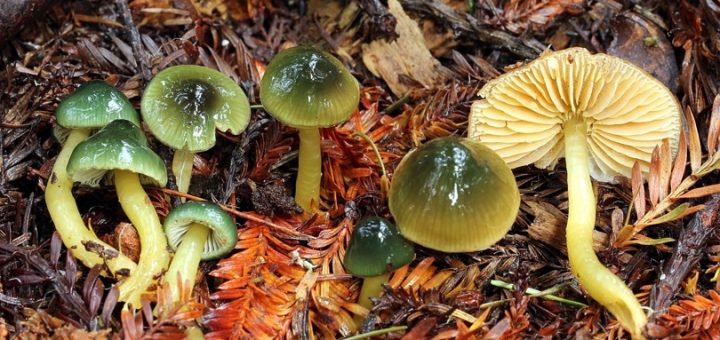
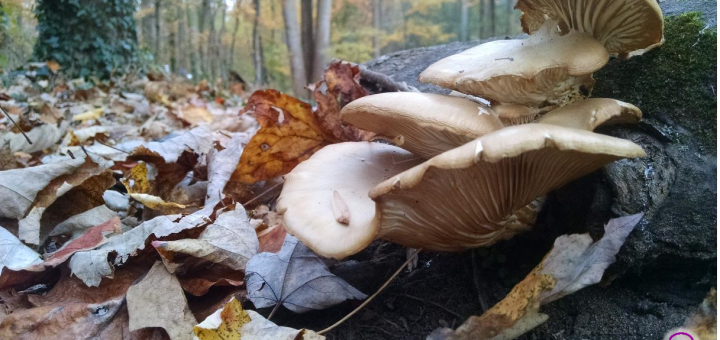
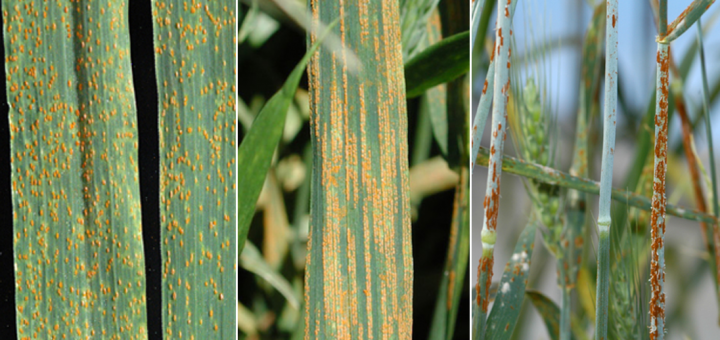
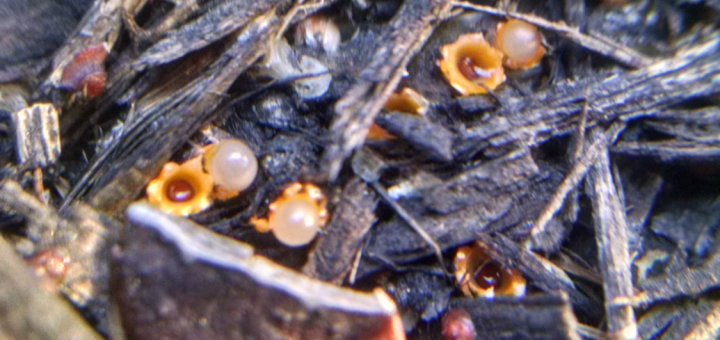
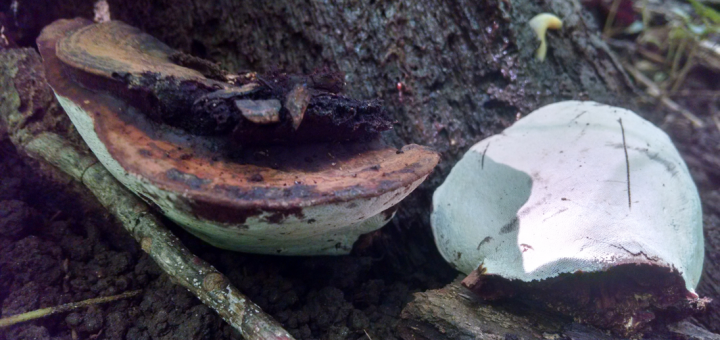

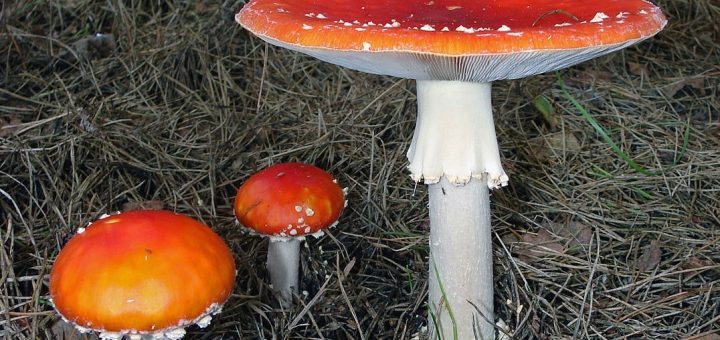
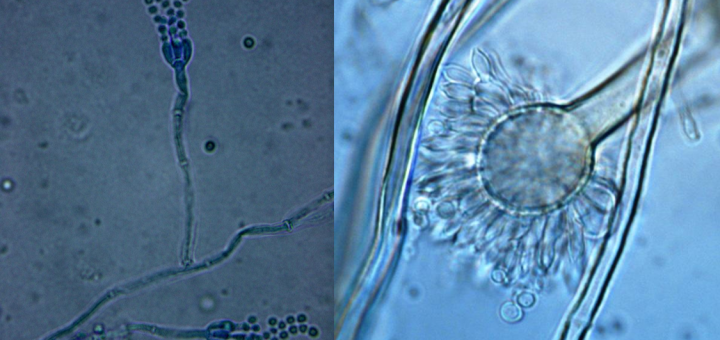
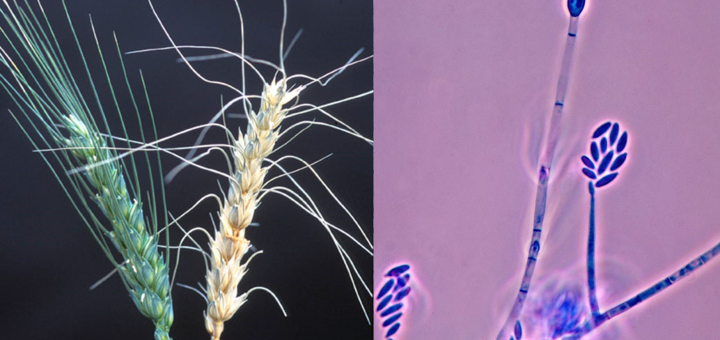
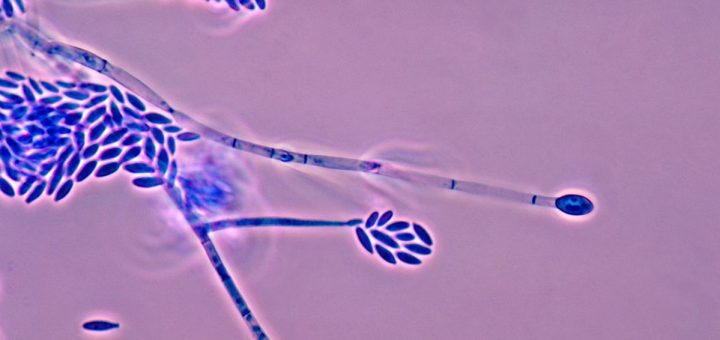





![#011: Characteristics of Kingdom Fungi [Archived]](https://www.fungusfactfriday.com/wp-content/themes/hueman/assets/front/img/thumb-small-empty.png)
